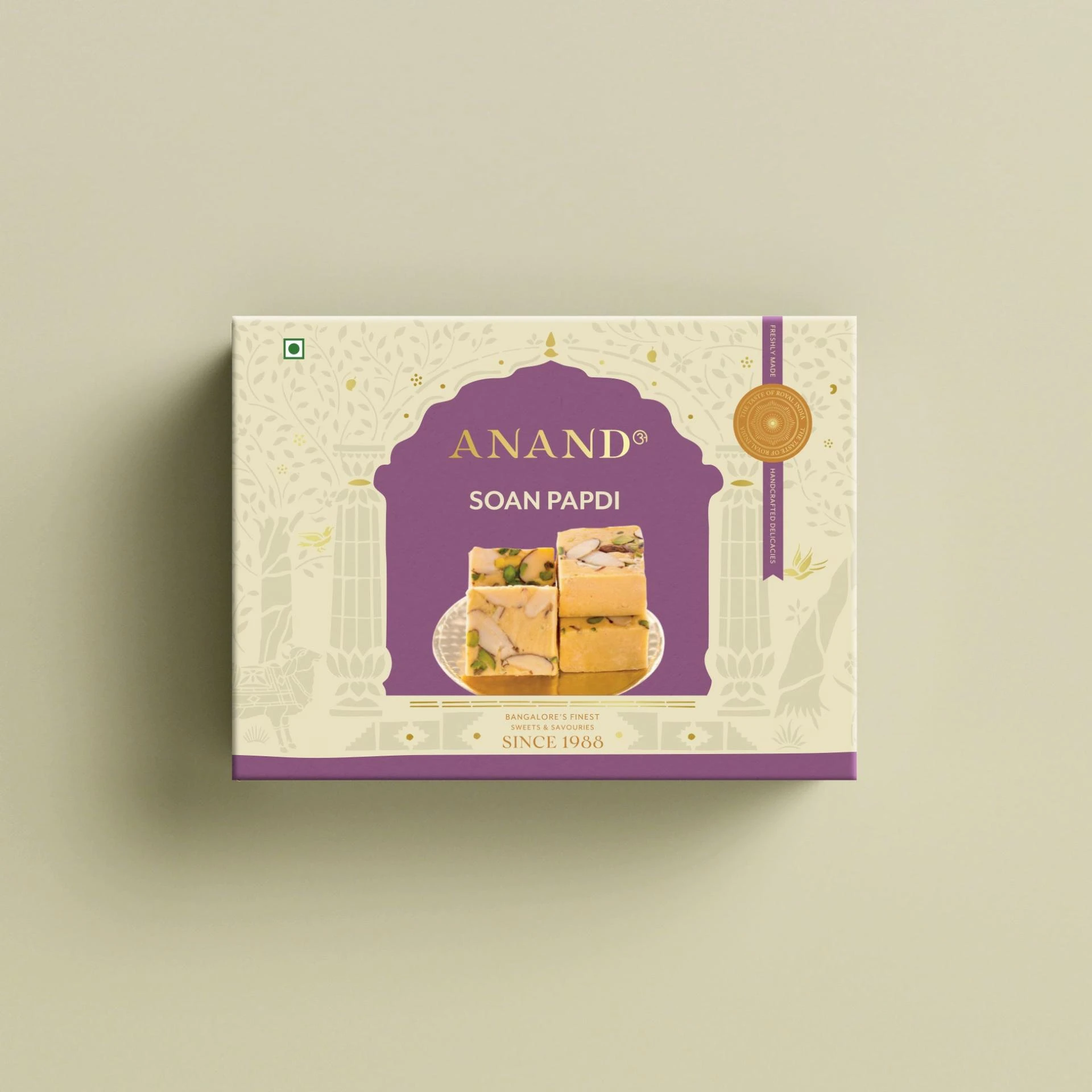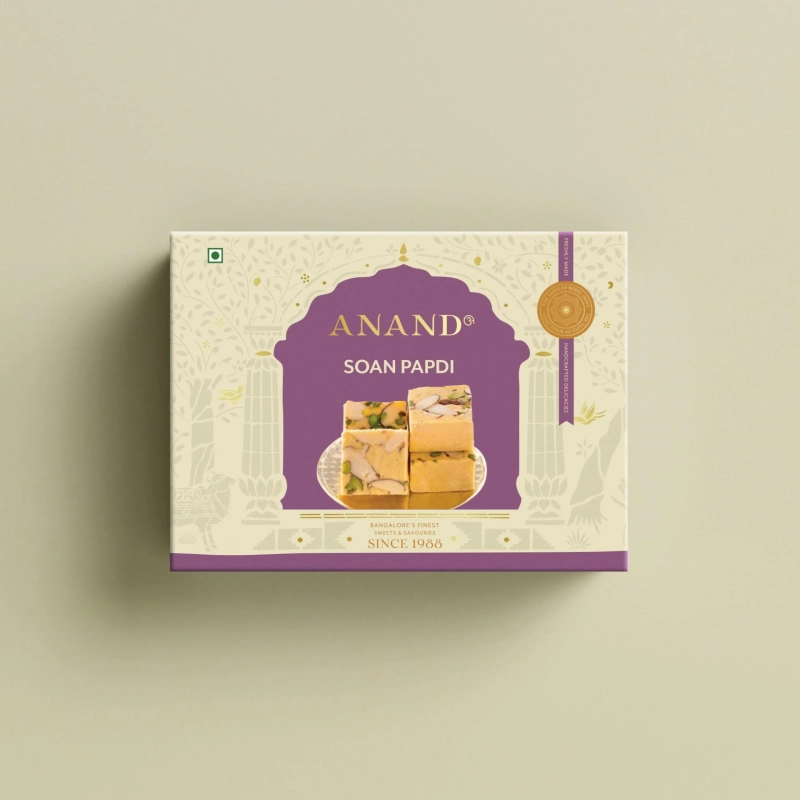India is a land of diverse sweets, each with a unique taste, texture, and history. Among them, soan papdi holds a special place due to its flaky texture, lightness, and melt-in-the-mouth experience. But how does it compare to other traditional Indian sweets? Let’s explore what makes soan papdi stand out from the rest.

1. Texture & Appearance
Unlike dense and rich sweets like barfi, laddoo, or gulab jamun, soan papdi is incredibly light and flaky. Its delicate, airy layers set it apart from most Indian sweets, which are typically moist, chewy, or syrupy. The unique fibrous structure of soan papdi gives it a distinct mouthfeel that no other sweet can replicate.
2. Ingredients & Preparation
Most Indian sweets are made with ingredients like khoya (reduced milk), ghee, sugar, and nuts. Soan papdi, however, is crafted using gram flour (besan), refined flour (maida), sugar, ghee, and cardamom. The preparation method involves continuous stirring and aeration to achieve its characteristic flakiness, unlike sweets like rasgulla or jalebi, which are either soaked in syrup or deep-fried.
3. Taste & Flavor Profile
While many Indian sweets are rich, creamy, or syrup-laden, soan papdi offers a light yet flavorful experience. The subtle sweetness, combined with hints of cardamom and ghee, makes it a perfect sweet for those who prefer less sugary treats without compromising on traditional flavors.
4. Shelf Life & Portability
Soan papdi has a longer shelf life compared to perishable sweets like rasgulla, kalakand, or peda, which require refrigeration. Its non-sticky nature and easy-to-pack format make it an ideal choice for gifting and travel. This is why it remains a staple sweet during festivals, weddings, and celebrations.
5. Popularity & Cultural Significance
While sweets like jalebi, rasmalai, and modak are region-specific favorites, soan papdi enjoys pan-India popularity. It is widely gifted during Diwali, Raksha Bandhan, and other festive occasions. The fact that it is often the most shared sweet during the festive season highlights its universal appeal.
6. Health Factor
Compared to deep-fried or sugar-drenched sweets, soan papdi is a relatively lighter option. It is not fried in oil and doesn’t require excessive sugar syrup, making it a slightly healthier choice for those who want to indulge mindfully.
Conclusion
Soan papdi stands out in the world of Indian sweets due to its flaky texture, unique preparation method, longer shelf life, and lighter taste. While other sweets have their own special place in Indian culture, soan papdi remains a beloved treat for its delicate balance of tradition and convenience. If you’re looking to enjoy or gift a classic Indian sweet, soan papdi from Anand Sweets is an excellent choice!


